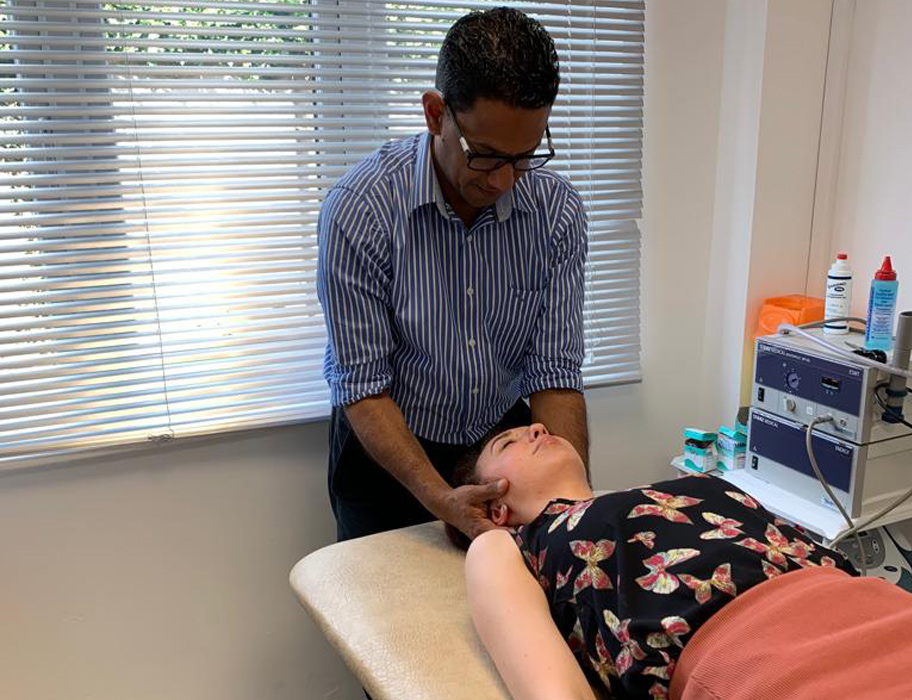The Achilles Tendon Injury
The Achilles tendon is the strong fibrous band that attaches the calf muscles to the calcaneus bone. A rupture of the Achilles tendon (ATR) is a common pathology and it is the most commonly ruptured tendon in the human body. The main causes of a rupture can be overstretching of the heel during recreational sports, a forceful plantar flexion of the heel or a fall from an important height.
The Achilles tendon is the longest and strongest tendon in the whole human body and consists of strong, inelastic fibrous connective tissue. It is the insertion of the soleus and gastrocnemius muscles and connects these muscles to the calcaneal tuberosity. These calf muscles are the main plantar flexors of the ankle.
Management
There is still considerable controversy as the most optimal treatment plan. Debate about non-operative vs surgical repair for acute ruptures, minimally invasive vs traditional open repair, and early functional rehabilitation protocols instead of a more traditional rehabilitation program are only a few of the arguments that continue to exist in the realm of treatment.
Post surgically, early weight bearing and early ankle mobilisation is now widely accepted. However more recently, it has been demonstrated that a conservative and accelerated functional rehabilitation approach is more effective than a surgical approach. Non-surgical intervention significantly increased the re-rupture rate if a functional rehabilitation approach is not available.
Physiotherapy management.
Accelerated functional rehabilitation approach
Despite the increasing supported for accelerated rehabilitation regimes both in surgical and non-surgical situations, there is still no consensus regarding the most preferable protocol. Post-surgical protocols which promote early weight bearing and mobilisation have been developed by Brumann et al.
Traditional approach
Rehabilitation depends on the initial management approach taken - surgical or non-surgical. However, the patient will normally wear a plaster cast for immobilisation or a below-knee dorsal brace which allows the ankle to make a plantar flexion to start early mobilisation. After the cast or brace is removed rehabilitation is mainly focused on firstly improving the range of movement of the ankle, later it is focused on increasing the muscle strength and muscle coordination. A return to activities should be expected at 4-6 months of therapy, but the rate of rehabilitation greatly depends on the quality of the treatment and the motivation of the patient.
In general physical therapy can start immediately with general exercises for the affected lower limb:
Once the cast or brace is removed start with gentle passive mobilisation of the ankle and the subtalar joints and active ROM exercises. After two weeks of physiotherapy, progressive resistance exercises are added.
8-12 weeks after surgery .Gait training exercises can be started, followed by activity specific movements. The patient can start with theraband exercises by starting from the lowest resistance and work up from there for regaining strength.
When treated with an eccentric training program, the patient is more likely to be able to return faster to sport. The eccentric exercises should reduce pain and tendon thickness and should improve function of the tendon (and muscles). The eccentric calf-muscle exercises, as described below, should be executed twice daily for 12 weeks. The exercise program consists of 1-3sets of 15 repetitions per exercise, according to the improvement of the patient.
But not all patients benefit equally from an eccentric exercise program. It's also proven that these exercises are less effective in sedentary people in comparison to athletes.
After completing the rehabilitation program, new examination of the tendon healing and functions is required. If needed, a new referral for further physiotherapy sessions can be provided to the patient. Gradual return to sports is recommended. For example before participating to contact sports, the patient should wait at least 6-9 months after the injury.

HOW CAN WE HELP YOU?
Call us at 01293529090 or click here to make a booking online or email us at info@prorehab.co.uk for more information.

-
Conditions

